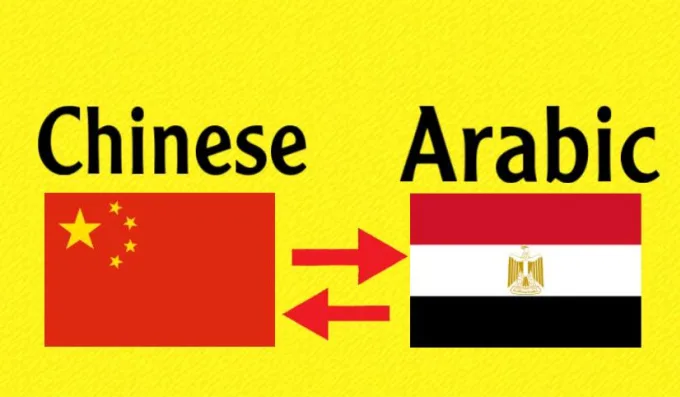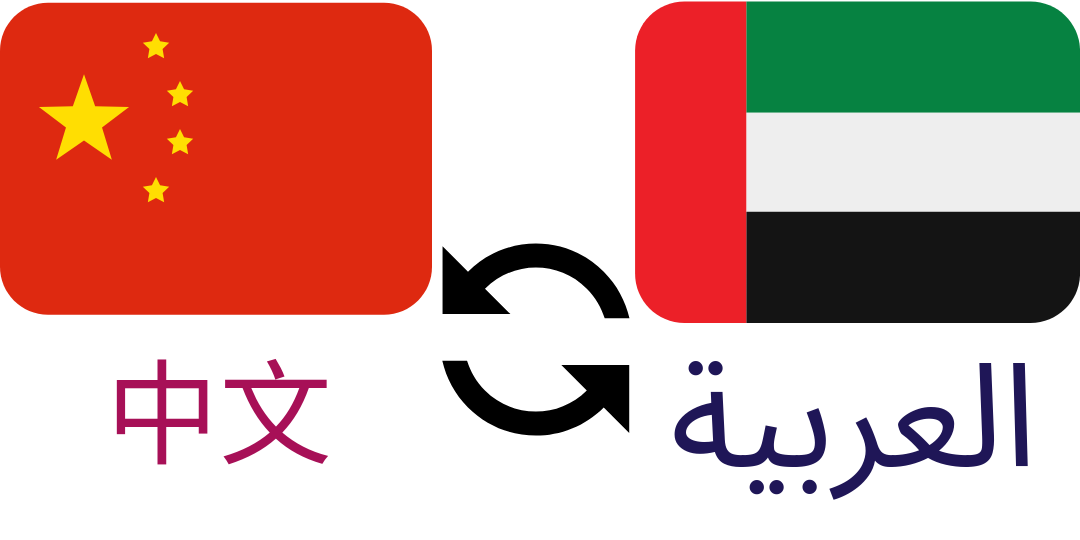When you are about to launch a product overseas, one of the toughest branding questions you will face is translating the names of the product, you are looking forward to launching in Dubai. You need to translate Chinese to Arabic to effectively put the branding and other marketing operations in place. As said, for effective communication, you have to make communication as simplified as possible. And this also includes your product names. It is not a decision that you can take lightly. One of the greatest examples was Starbucks’ Gingerbread Latte, which failed to make its mark in Germany.
Table of Contents
Do You Need To Translate Product Names From Chinese To Arabic?
Dubai is the new money capital of the world, and many businesses are running there today. There is a massive competition, which needs you to make a competitive marketing strategy. Branding plays an important role in communicating your product qualities to consumers.
Changing the product names from Chinese to Arabic translation can prove a game-changer for you. You can see a potential hike in your sales. However, not always have to translate names from Chinese to Arabic. You have to be very strategic to earn major benefits from this massive step. Here are a few factors that will help you decide whether your product names need translating or not.
Market type
It is tough to nail marketing when you don’t know your market. Companies like Apple that have a global market would never even imagine translating the iPhone to any other language. But Starbucks being a global brand, was not able to capture the market in Germany until they translated Gingerbread Latte to Lebkuchen Latte. So, what is right for your business?
The answer to your problem lies in the market type. You must not be very excited to dwell in that conversation; however, you must learn from the mistakes made by brands such as Starbucks. Gingerbread is a very popular holiday treat in Germany, and if people don’t understand what you are selling, the sales will hardly pick up.
Depending on the market, you must decide whether your product names should be in the native language or not. In many Asian countries, many brands have kept their English names to look more appealing. People in Asia have been conditioned to think international brands are good. However, the same thing would not work in Dubai. The trick here is to strike a sentimental chord with your consumers. As per your market type, you must decide.

Product Names in Every Translation Would Be Different
One of the biggest examples of this mistake is Nokia. Years back, when Nokia launched its product Lumia is had to face a global faux pas. Lumia in Spanish is a slang term for prostitutes. Similarly, Peugeot in China. To avoid any such mistake, you must consider product names in the language spoken by locals. When your product’s original name means something unwanted in another language, it is better to change the product name.
No matter how big a brand is, people get connected with the product names, and if the original name means something unwanted in their language, they will hesitate to buy your products. Though it is very extreme, and there are very few chances that something in Chinese would mean something unwanted in Arabic, you must reconsider.
One of the best ways to determine it is by running a survey; you can see how your target audience receives your products with the original name and the Arabic name. If the Arabic product names show more sales, translate names from Chinese to Arabic; if not, you are good to go.
Field testing and using different variants of the names is also a good option. You can go out with some of the products with different variants of the name and check out the consumers’ response. You never know what might work for you.
What If the Product Name Cannot Be Translated?
There are cases when you cannot translate a name from Chinese to Arabic. One of the biggest challenges is to keep the creativity intact while not losing the consumers’ attention. It is where you would need expert help. You might be aware of transcription. Rather than translating the same name to another language, you can ask the translator to look out for the closest equivalent product name in Arabic. It will help you capture the same brand essence, meanwhile would also appeal to your target audience.
Is the Product Name Important To Your Brand Identity?
For years people in Asian countries have not known the brand behind the iPhone. It is one of the best examples of how product names in time become a brand. If you ask, many people still don’t understand the difference between Apple and the iPhone. Also, the iPhone is relatively more popular among people than Apple.
iPhone has become a brand in itself. It is one of the most important products in their product line. Translating a product name, in this case, would be more harmful than good from a blog perspective. If you have some product that has that kind of branding power, it is better not to translate names from Chinese to Arabic of those products.
The Verdict
In this blog, we have seen some of the biggest brands that have been benefitted by translating their product name to local languages and some that have not been. In the end, it all depends on the product, and you must always consider the legal translation of JLT names on a case-by-case basis.
Other than that, there is no rule on translating product names. Its product sales, brand perception, market type, and marketing results would help you decide better for individual products. You can try doing a survey and run on-field testing with various variants of the product name to decide whether you should translate names from Chinese to Arabic.
In the end, it is all about knowing what would work best for you and what would not. Do your market research. Test translations, transcription, and original names and gain insights to back your decision with solid facts.





